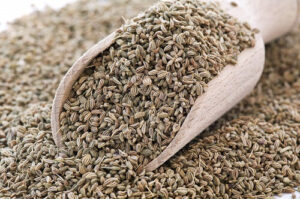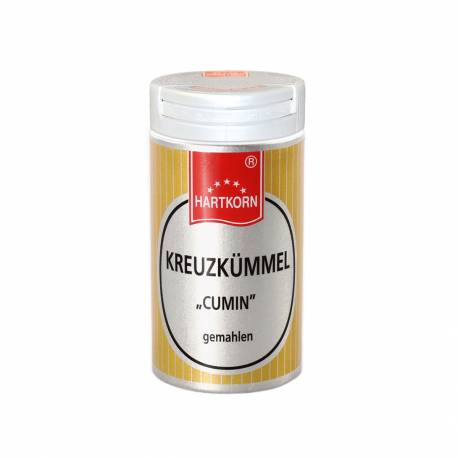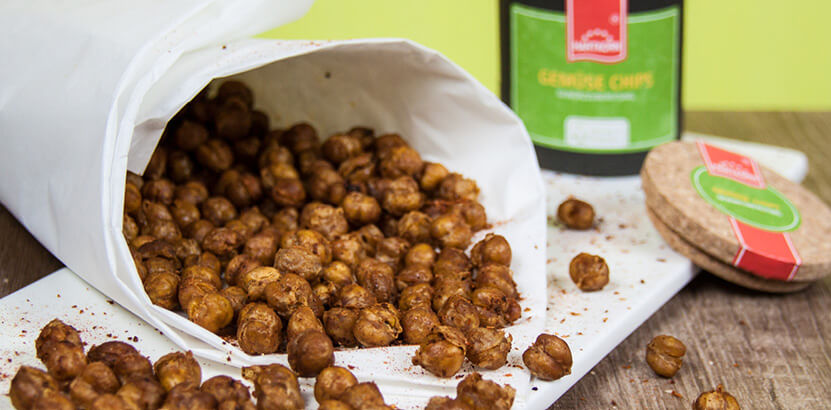Synonyms: Botanical family: origin: Classification: spice shape: flavor: odor: use: tip: Recipe suggestion: knowledge: Botany: cultivation & extraction: Use: history: Cumin
 Botanical name:
Botanical name:
Cuminum cyminum L.
cumin, cumin, white cumin
umbelliferous plants
India, Iran, China, Sri Lanka, Pakistan, Turkey
spice
fruit
pungent, slightly bitter
peculiarly aromatic
In Arabic and Far Eastern cuisine, chili con carne, mango chutneys etc.
Careful dosing, it has a strong taste of its own
Orange and onion salad: Cut 6 oranges and 2 red onions into thin slices. Layer in a flat bowl. Season with crushed cumin, black peppercorns, olive oil and chopped mint, layer by layer. Marinate for 2 hours. Garnish with mint sprigs and black olives.
Name origin: The name is derived from the plant's cross-shaped leaves and the caraway-like appearance of the dried fruits.
The annual plant grows up to 0.5 m high. With the exception of the fruit, the plant is rather glabrous, the stems are forked from the base with delicate rennet leaves on leaf sheaths, mostly cross-shaped, finely divided with linear leaf tips, the lower ones are usually double to triple-toothed, the main axis and side branches usually end in 3 to 5-branched umbels. The 5 crown leaves are white or pink in color.
The original occurrence of cumin is not known with certainty. Its presumed home is the Nile valley. In oldest time, it is spread in North-Africa over southwest-Asia until India, as well as in South-Spain, South-France and Sicily.
It is mainly cultivated in subtropical and tropical regions. In the own garden one can sow it in March. The flowering time is from June to August. Shortly before the fruits are fully ripe, in about 40 days after sowing, the cumin is harvested by mowing. This is followed by the drying process. In the trade it is offered in dried form, whole or ground.
Its peculiarly aromatic, bug-like smell combined with its pungent, slightly bitter taste is used especially in North African cuisine as well as in India, Indonesia and Thailand. It is the main ingredient in salads (couscous), meat and fish dishes and vegetables. The worldwide popular dish Chili con carne gets its special taste from cumin. It also plays an important role in spice mixtures. The essential oil from cumin is used in the liqueur industry to flavour herbal liqueurs and in the food industry to produce spice essences.
Already in the antiquity, one used Kreuzkümmel in Near East and in the Mediterranean-area. It is already mentioned in the papyrus Ebers. In ancient Rome it was considered a substitute for pepper. The Eisatz sometimes as a medicinal plant is probably due to its intense smell. Its smell should keep away fleas, mosquitoes and scorpions.
http://de.wikipedia.org/wiki/Kreuzkümmel








